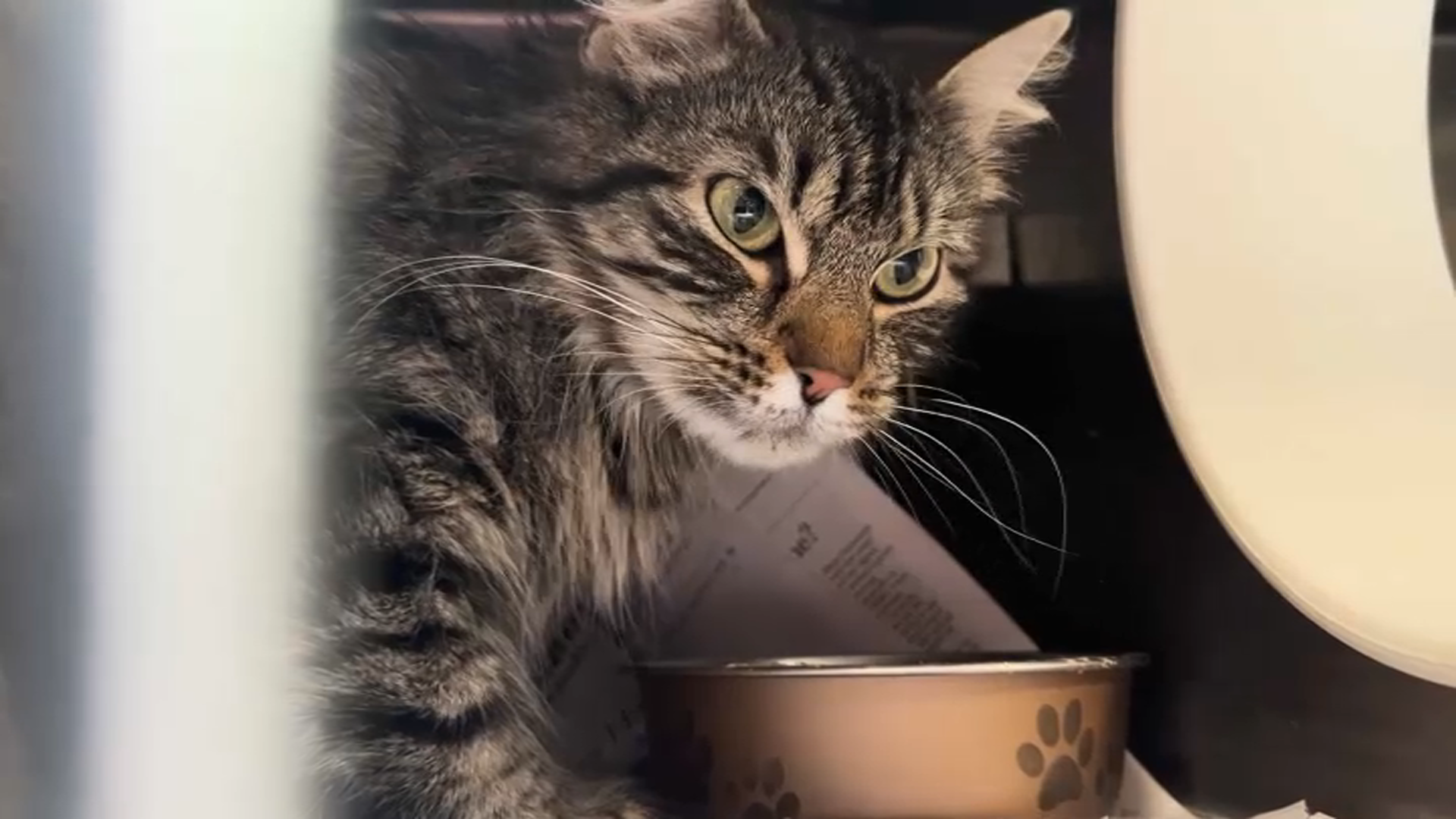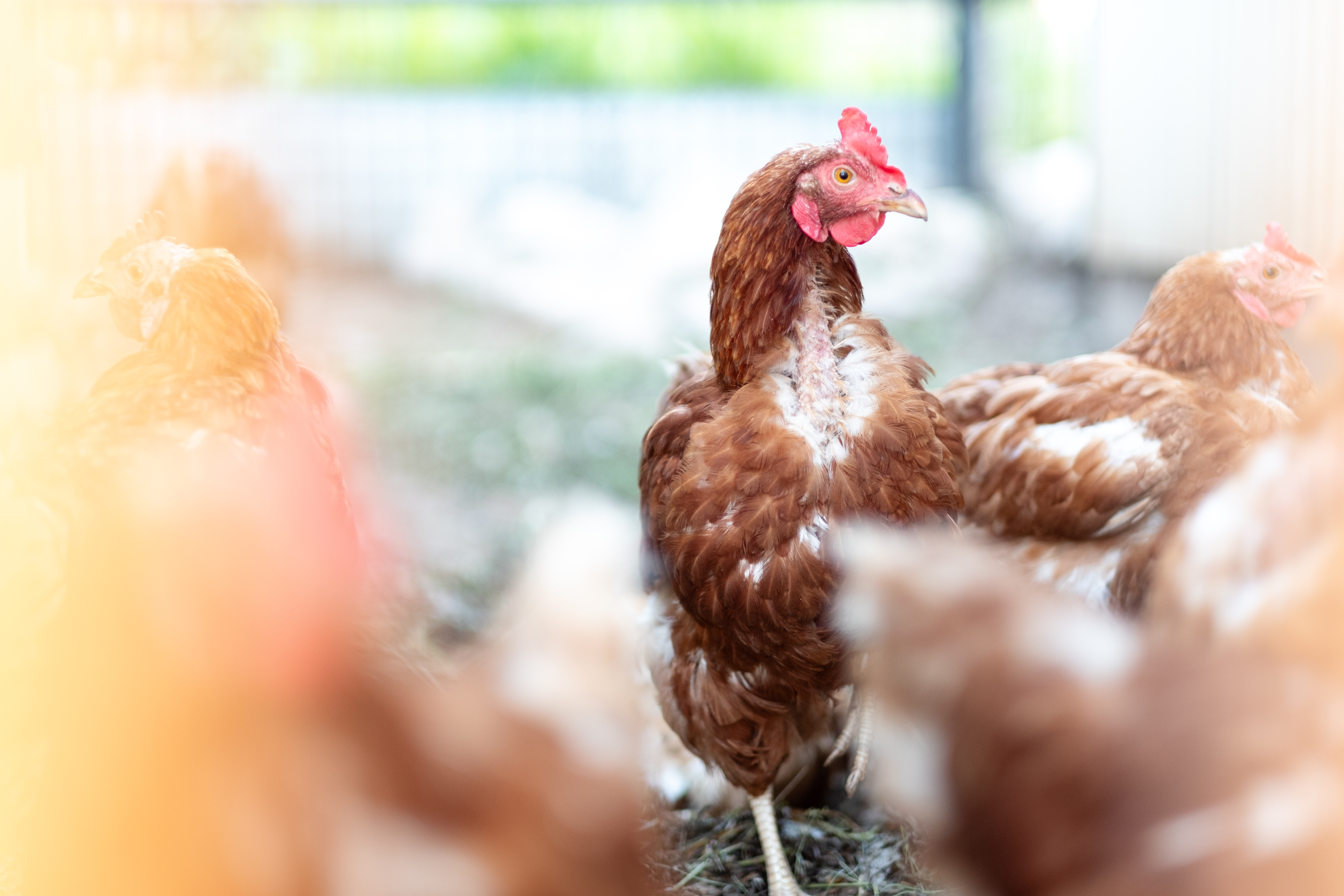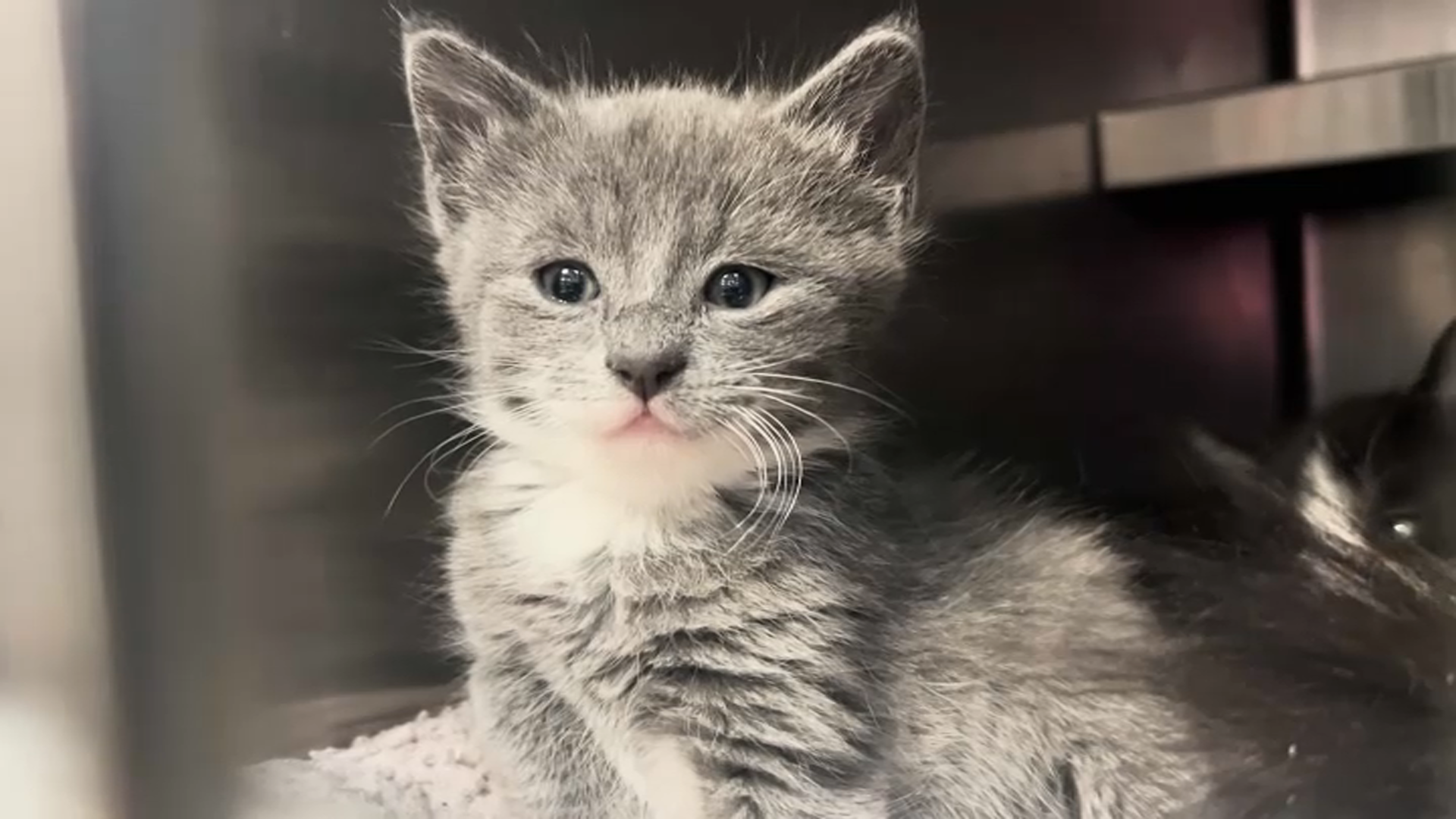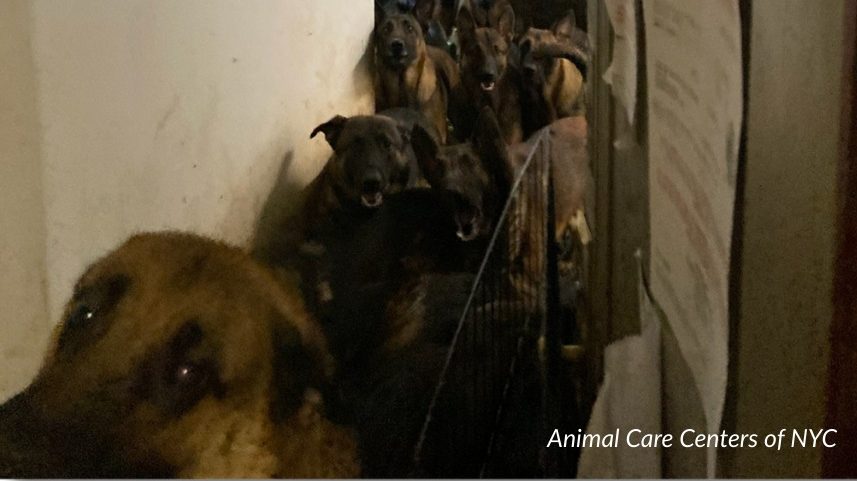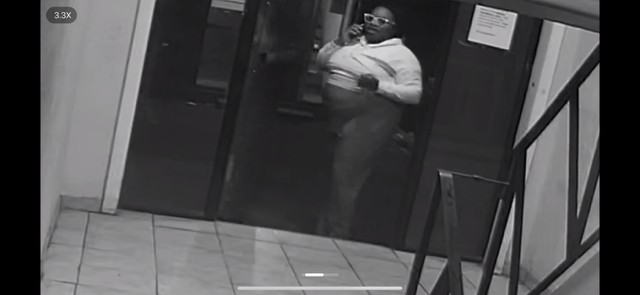T. Rex Skin Purse: Next Must-Have Fashion Accessory?
Fearsome to Fashion: T. Rex Skin Purses – The Next Extinct Accessory?
Introduction: Jurassic Chic?
Imagine strutting down the street, not just with any old handbag, but with a piece of history – quite literally. Forget crocodile or ostrich; the next must-have accessory might just be crafted from… T. rex skin? Sounds like something straight out of a science fiction novel, right? Well, hold onto your hats, because a team of researchers in the U.K. is aiming to turn this prehistoric dream into a reality.
The Quest for Dino-Leather: How It Works
So, how exactly do you turn a fossil into a fashion statement? The process is surprisingly cutting-edge. These bio-engineers are attempting to grow sustainable leather using collagen extracted from fossilized Tyrannosaurus rex remains. It's a process that could revolutionize the leather industry and potentially bring back other extinct species, at least in material form.
Collagen Extraction: The Ancient Secret
Collagen, the protein responsible for skin elasticity, can sometimes survive the fossilization process. Researchers are exploring methods to isolate and replicate this ancient collagen, essentially kickstarting the growth of T. rex skin in a lab. Think of it as Jurassic Park meets the high-fashion world – without the rampaging dinosaurs, hopefully!
Bio-Engineering Marvel: Growing Extinct Skin
Once the collagen is extracted and replicated, the bio-engineering process begins. The goal is to cultivate cells in a controlled environment that mimic the properties of actual T. rex skin. This is no easy feat. The scientists need to understand the unique structure and characteristics of dinosaur skin, gleaned from fossil evidence, to replicate it accurately.
Sustainability and Ethics: Dino-Leather's Impact
The prospect of T. rex skin purses raises some serious questions about sustainability and ethics. After all, aren't we supposed to be preserving fossils, not turning them into accessories?
Eco-Friendly Fashion: A Sustainable Alternative?
One of the key arguments for this project is its potential for sustainability. Traditional leather production is resource-intensive and often involves harmful chemicals. Lab-grown leather, on the other hand, could significantly reduce the environmental impact. But does this outweigh the impact of using the fossils?
Ethical Considerations: Is It Right to Use Extinct DNA?
The ethical implications are complex. Some argue that using fossils for fashion trivializes their scientific value. Others believe that if done responsibly, it could raise awareness about extinction and inspire conservation efforts. The debate boils down to weighing the potential benefits against the ethical concerns.
The Future of Fashion: Beyond T. Rex
If successful, this project could open the door to a whole new world of fashion possibilities. Imagine clothing made from the skin of other extinct creatures, like woolly mammoths or saber-toothed tigers! But it extends far beyond just extinct creatures.
Customizable Materials: Personalized Skin for Everyone
The bio-engineering process could be used to create entirely new materials with specific properties, tailored to individual needs. Want a jacket that's waterproof, breathable, and self-repairing? Lab-grown materials could make it a reality.
Reducing Animal Cruelty: A Cruelty-Free Revolution?
One of the most compelling arguments for lab-grown leather is its potential to reduce animal cruelty. By eliminating the need to raise and slaughter animals for their skin, we can create a more compassionate and sustainable fashion industry. Lab-grown alternatives offer a future where fashion doesn't come at the expense of animal welfare.
The Challenges Ahead: Hurdles to Overcome
Despite the excitement surrounding this project, there are significant challenges to overcome. Growing T. rex skin in a lab is far from simple. It's like trying to bake a cake with a recipe from millions of years ago.
Replicating Complex Structures: The Dino-Skin Blueprint
Dinosaur skin was likely very different from that of modern animals. Replicating its unique structure and properties requires a deep understanding of its composition, which is still largely unknown. Think of it as assembling a puzzle with missing pieces.
Scaling Up Production: From Lab to Runway
Even if researchers manage to grow small samples of T. rex skin, scaling up production to meet the demands of the fashion industry will be a monumental task. It would require significant investment and technological advancements. Moving from a lab-scale experiment to mass production presents significant engineering and economic challenges.
The Price Tag: Dino-Fashion for the Elite?
Let's be honest, a T. rex skin purse is unlikely to be a budget-friendly accessory. The cost of production will likely be astronomical, at least in the early stages.
Exclusivity and Prestige: The Ultimate Status Symbol
Given the rarity and complexity of the process, T. rex skin products are likely to be marketed as luxury items for the ultra-wealthy. They would represent the ultimate status symbol, a testament to wealth and exclusivity. Imagine the bragging rights: "Oh, this old thing? It's just a genuine T. rex clutch."
Democratizing Technology: A Future for All?
However, as technology advances and production costs decrease, lab-grown materials could become more accessible to the general public. In the future, everyone might be able to afford clothing made from sustainable and ethically sourced materials.
Is It Real? Sorting Fact From Fiction
The idea of sporting a T. rex handbag sounds like pure fantasy. How do we know that it's not just a publicity stunt?
Credible Research: Backed by Science?
It's important to look at the credentials of the researchers involved and the scientific basis for their claims. Is the project backed by reputable institutions and peer-reviewed research? Skepticism is healthy, but we also need to be open to the possibilities of scientific innovation.
Media Hype: Separating the Wheat from the Chaff
The media loves a sensational story, and T. rex skin purses certainly fit the bill. But it's crucial to separate the hype from the reality. Are the media outlets reporting accurately on the science behind the project, or are they simply sensationalizing it for clicks?
Conclusion: A Prehistoric Fashion Revolution?
The prospect of T. rex skin purses is both fascinating and slightly terrifying. While significant challenges remain, this project highlights the incredible potential of bio-engineering to revolutionize the fashion industry. Whether it's ethical, sustainable, or even feasible remains to be seen. But one thing is clear: the future of fashion is bound to be anything but ordinary. From sustainability to completely new materials, it's exciting to think about what is coming next. It may be the beginning of a fashion revolution!
Frequently Asked Questions
Q1: Is this project actually real, or is it a hoax?
A1: While the concept sounds far-fetched, the project is reportedly being undertaken by a team of researchers and bio-engineers in the U.K. However, its success and ultimate feasibility remain uncertain. Stay tuned for further developments and verified reports from reputable sources.
Q2: What are the ethical concerns surrounding this project?
A2: The main ethical concerns revolve around the use of fossils for fashion, potentially trivializing their scientific value. Additionally, questions arise about the ethics of manipulating extinct species' DNA, even for material production.
Q3: How sustainable is lab-grown leather compared to traditional leather?
A3: Lab-grown leather has the potential to be significantly more sustainable than traditional leather. It could reduce the need for animal agriculture, minimize the use of harmful chemicals, and decrease water consumption.
Q4: If successful, how much would a T. rex skin purse cost?
A4: Initially, T. rex skin products would likely be extremely expensive due to the rarity and complexity of the production process. They would likely be marketed as luxury items for the ultra-wealthy. Prices would decrease as the materials were used more often and the cost to produce dropped.
Q5: Besides T. rex, what other extinct species could be used to create materials?
A5: In theory, any extinct species with preserved collagen could potentially be used to create materials. This could include woolly mammoths, saber-toothed tigers, or other prehistoric creatures. It depends on the preservation of their remains and the ability to extract and replicate their collagen.

